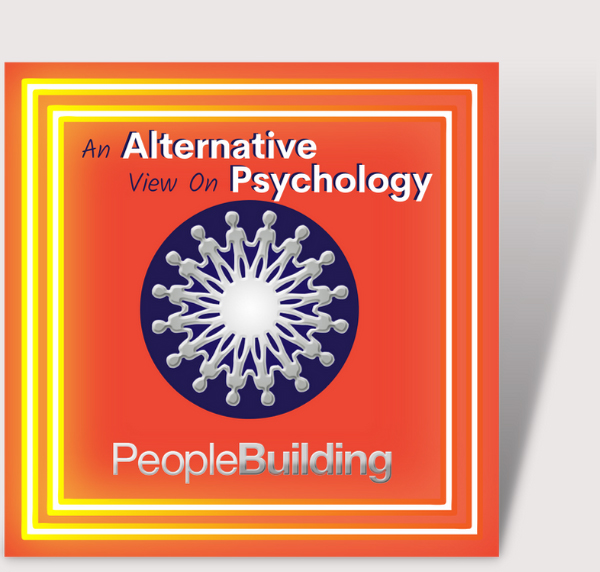On The People Building master practitioner training course, we teach the skill of Hakalau. It ties in with what you might already know about from using peripheral vision, the eyes being open and the awareness being expanded, in order to get into the learning state. It allows negative internal dialogue and judgements to cease to exist because your mind is relaxed and your vision is focused so it’s difficult to fill your mind with other stuff at the same time.
In the assumptions of quantum physics you create your universe based on your observation of it. If you don’t know something existed, then it didn’t. So, if you didn’t know that your potential existed, then your potential didn’t exist for you.
So, by knowing something you are actually creating it. What this means is by knowing that you have that potential, you are creating that potential for yourself. At the same time, the knowing creates boundaries and can limit your choices since it stops you from being in touch with the many other ways of knowing. For example if you know your potential is limited, it prevents you from being aware of how infinite it can be.
This is why it is important to keep your mind open to the idea that there is more and you can be more. Don’t set your life up with boundaries in place. Give yourself the best opportunity to have more choice.
Learning happens when the student is in a relaxed, receptive, focused state. So as a teacher, you should be watching out for initial signs of relaxation.
If you are the student, in order to get yourself into a good state of learning you need to be getting into some initial relaxation.
To induce this in your students, ask them to put their eyes up slightly just above their naturally centered eye level. Then you will start to notice that there are certain signs that come with relaxation. So, the rate of their respiration might start to slow down slightly and any tension that’s in their muscles, particularly around the face will probably start to dissolve and you will probably notice that the size of their pupils change.
Get them to keep their eyes in the same position, whilst also noticing what is above, below and out to the sides of them. Remind them to blink!
Now as they remain relaxed ask them to move their focus down to what it is you want them doing. It could be reading that piece of music. It could be studying a book.
There is some evidence that using this technique may synchronise both hemispheres of the brain. This comes from James Braid and he says that the eyeballs must be kept focused in the same position and the mind riveted to one idea.
This technique is not just useful for learning, it’s also a useful state to be able to get yourself into if you want to do any kind of healing work with yourself (such as shifting anxiety).
People Building in an NLP and personal development training company for teachers and professionals working in education.
For more information about our courses designed to reduce stress in teachers and avoid ‘teacher burn-out’, contact us on 0345 3192 666
By Gemma Bailey
www.peoplebuilding.co.uk


